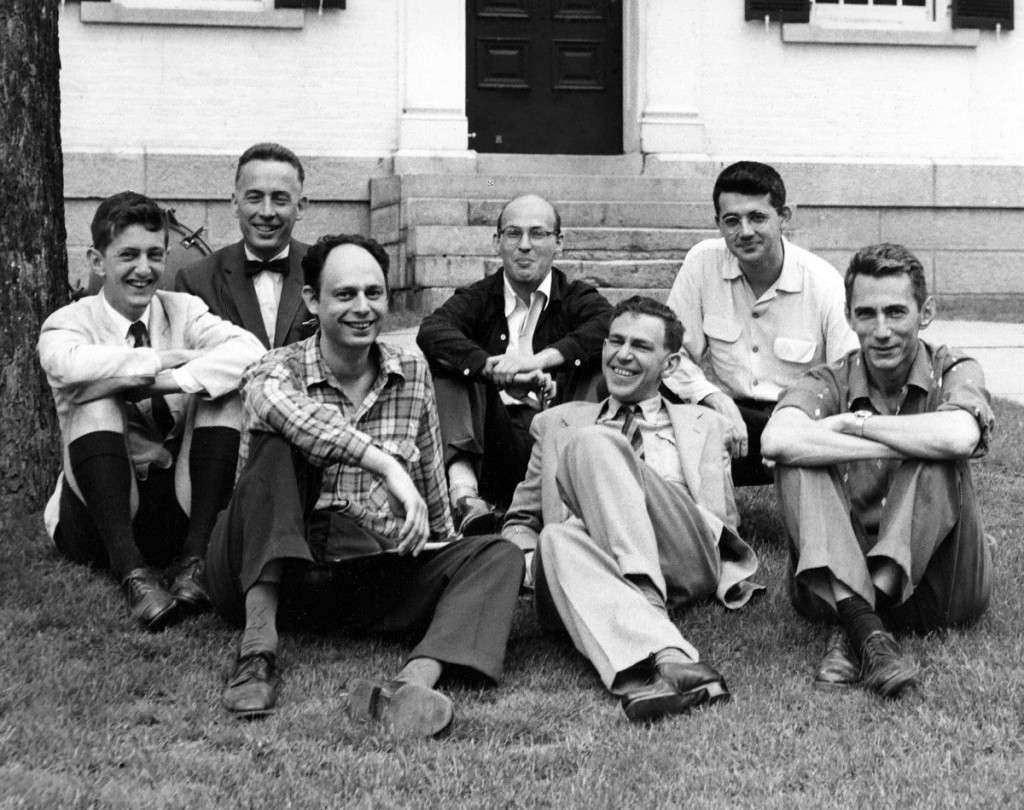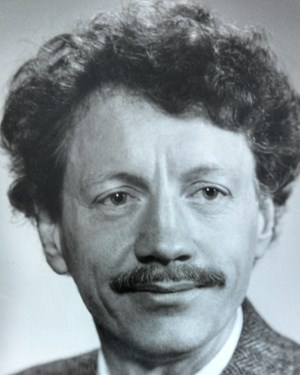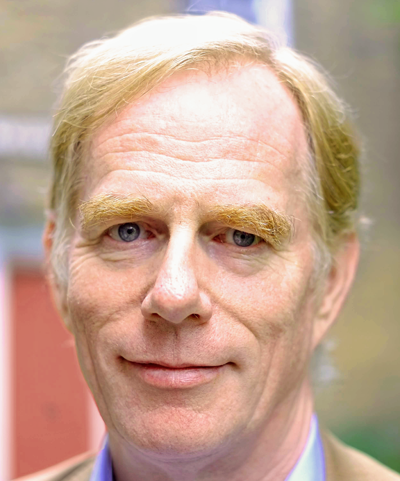
NLP and NLP
A few years ago I came to realize that I am one of a rather small set of people for whom two different expansions of the initialism NLP vie equally: Natural Language Processing and NeuroLinguistic Programming. For many years these expansions did not overlap in their application or practitioners in the slightest. Natural Language Processing was a niche field of Artificial Intelligence, whose researchers were gamely striving for a seemingly impossible goal of getting machines to understand this hot mess we call language. NeuroLinguistic Programming was a model for discerning and influencing brain patterns through different neurologically-based techniques. (I chose my own clumsy description there rather than paste in a standard definition because I the way I learned NLP from John Grinder, he taught us to own everything we practiced and eschew formulas.)
It’s a small point perhaps, but a significant one, that these fields have now overlapped in one crucial respect: interacting with Large Language Models, like ChatGPT. Since that model emerged blinking into the sunlight of mainstream attention on November 30, 2022, I have told people who are encountering it for the first time to think of it as human. It’s not, of course, but this is a crutch to get people up to speed, especially people who have some computer experience. Because they – we – are used to computers requiring precisely formatted inputs to give us what we want. Even the Google search engine is not conversational, but operates off key terms. So the more technical among us are used to searching with a list of keywords ordered by importance, for example: “Avocado temperature growing optimum.” But an LLM not only understands conversation, it works better with complete sentences and a coherent thread.
So how do you get the best results from LLMs? There’s a lot of posting and even legit research on that, yielding off-the-wall conclusions like, they do better if you offer a tip, or they give more reliable answers if you tell them your job depends on it. But beyond that frippery, the more stable, useful advice boils down to this: Do what would be a best practice in communicating with another human being. Be specific. Avoid ambiguity. Don’t be vague. “Prompt engineering,” in GPT-4’s words, “is an art and science. It involves formulating questions or statements in a manner that effectively guides the AI towards delivering the most accurate, relevant, and contextually appropriate responses. This process is not just about asking questions; it’s about asking the right questions in the right way.”
Of course that is easier said than done, which is why an entire foundation of NeuroLinguistic Programming tackles it. That is called the Meta Model, which gets really specific about, getting specific. Here is an outline of the key components and techniques within the Meta Model:
1. Generalizations
- Universal Quantifiers: Words like “always,” “never,” “everyone,” “nobody.” These statements are challenged to test their validity.
- Modal Operators: Words indicating necessity (must, should, have to) or possibility (can, could, will). They express limits and are challenged to explore flexibility.
2. Deletions
- Simple Deletions: Important information missing in a statement. For example, “I am upset,” without specifying the reason.
- Comparative Deletions: Comparisons without a reference point. For instance, “This is better,” without explaining what it is better than.
- Unspecified Verbs: Actions that are not clearly defined, like “She rejected me,” without detailing how the rejection occurred.
3. Distortions
- Mind Reading: Assuming to know the thoughts or intentions of others without any concrete evidence.
- Cause-Effect: Implies a cause-effect relationship that might not exist. For example, “You make me angry.”
- Complex Equivalence: Two unrelated things are treated as if they are the same. For instance, “He’s late, so he doesn’t care about me.”
4. Challenging Techniques
- Specificity Questions: Asking for specifics to clarify generalizations, deletions, and distortions. For example, “Who exactly are you referring to?” or “What specifically happened?”
- Counter-Examples: Providing or asking for counter-examples to challenge universal generalizations.
- Exploring Effects and Motivations: Asking about the effects or purposes of a belief or statement to understand underlying motivations.
5. Outcomes and Objectives
- Identifying Desired Outcomes: Clarifying what the speaker wants or intends to achieve.
- Establishing Achievable Goals: Ensuring that the goals or outcomes are specific, measurable, and achievable.
And the better you do all of those things, the better AI prompt writer you will be!
The Meta Model is a powerful tool in NLP for dissecting and understanding language, enabling more effective communication and problem-solving. It helps individuals to break down complex or vague language to reveal underlying thoughts, beliefs, and assumptions. Its benefits and use in communication include:
- Enhancing Clarity: Using the Meta Model to gain clarity in communication and understanding.
- Problem-Solving: Applying the model to identify the root cause of issues and find effective solutions.
- Personal Growth: Utilizing the model for self-reflection and personal development.















